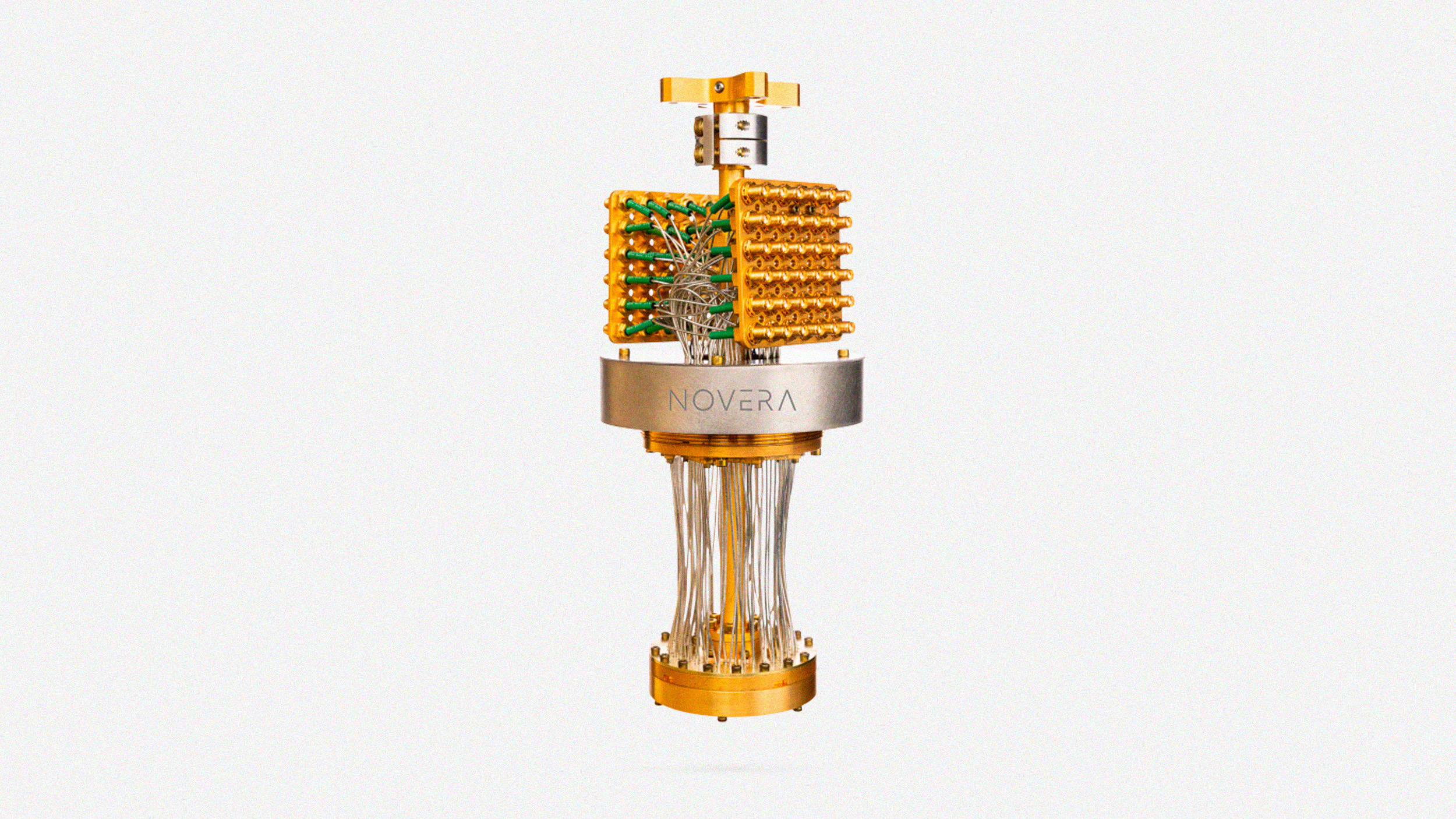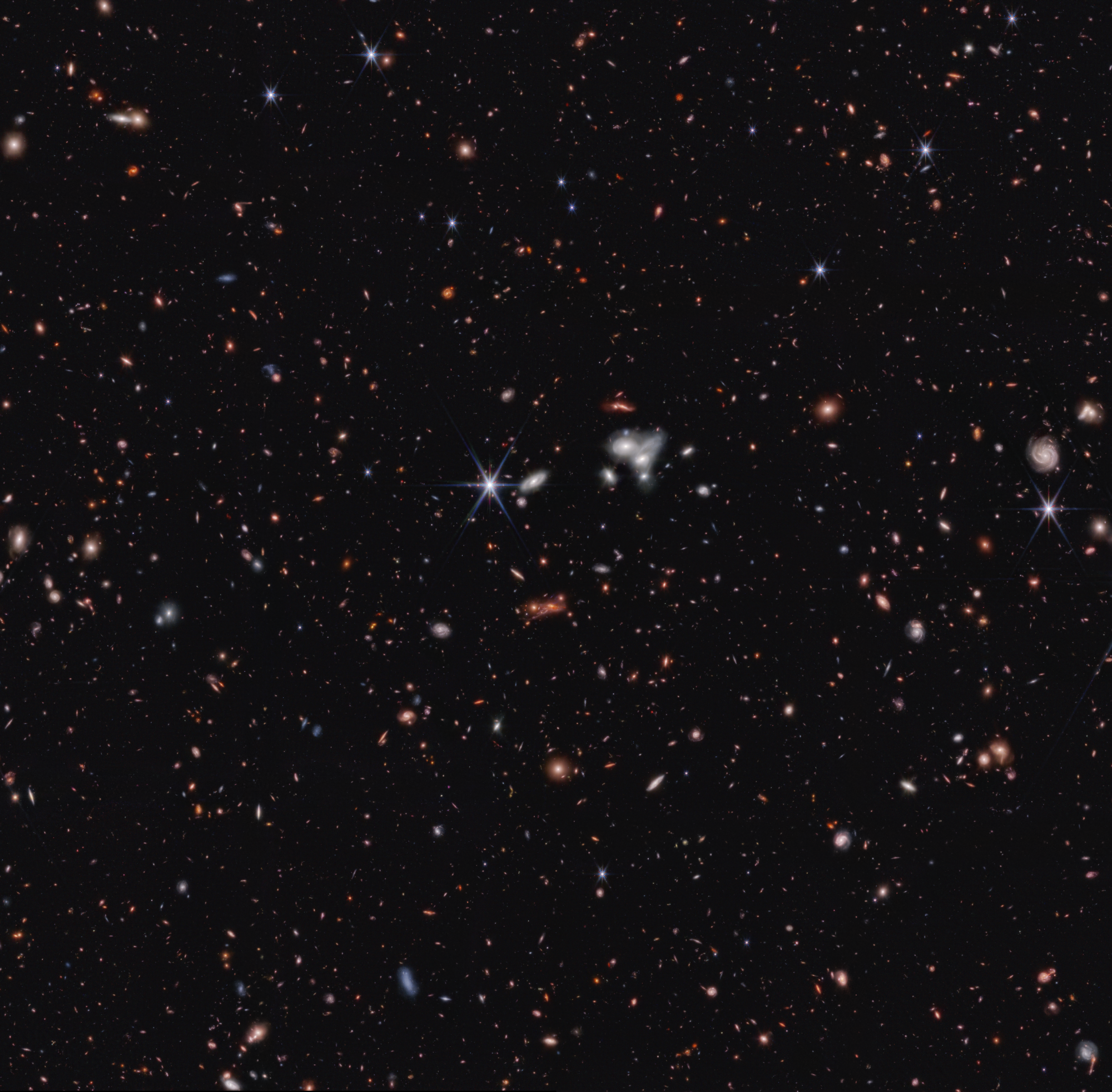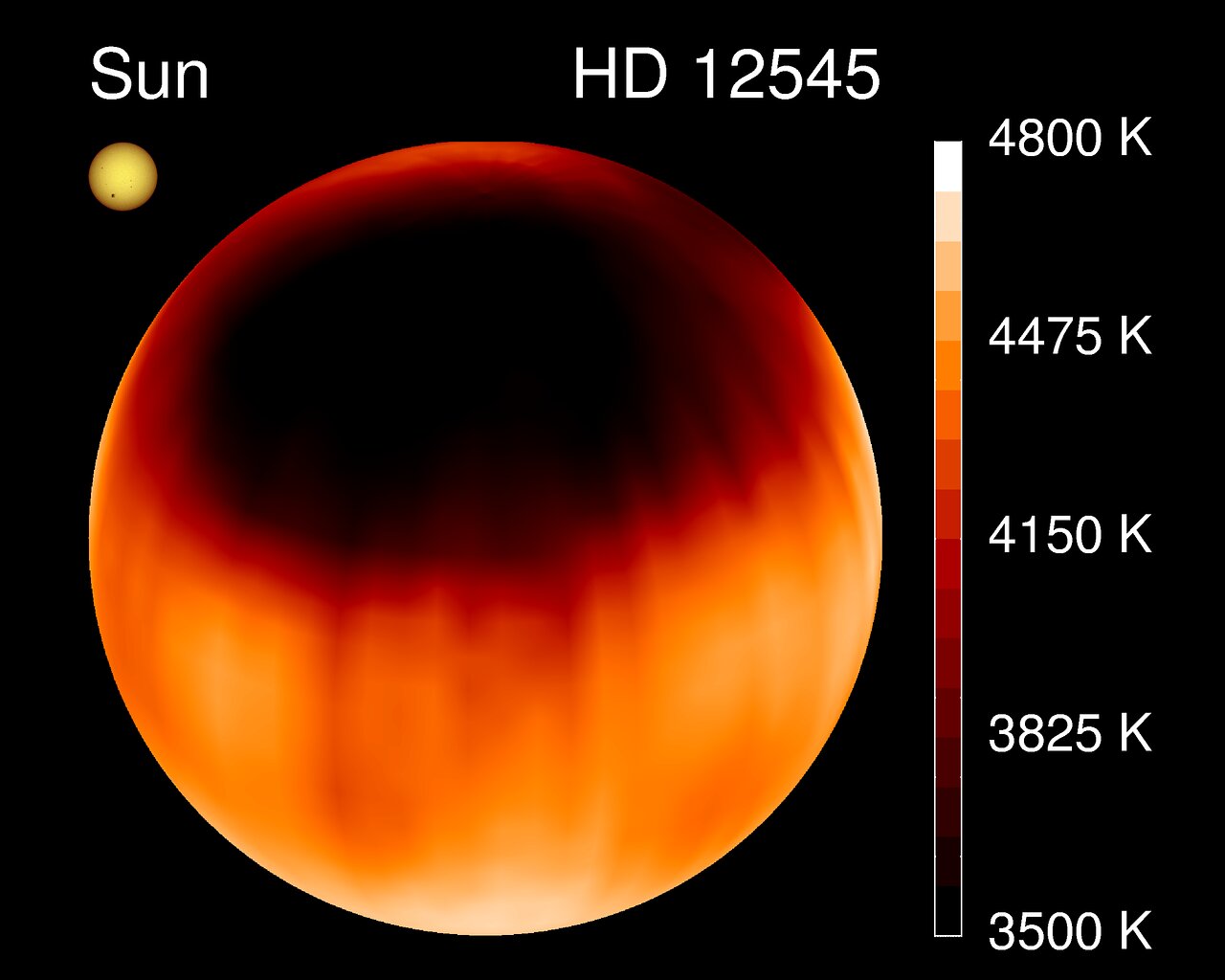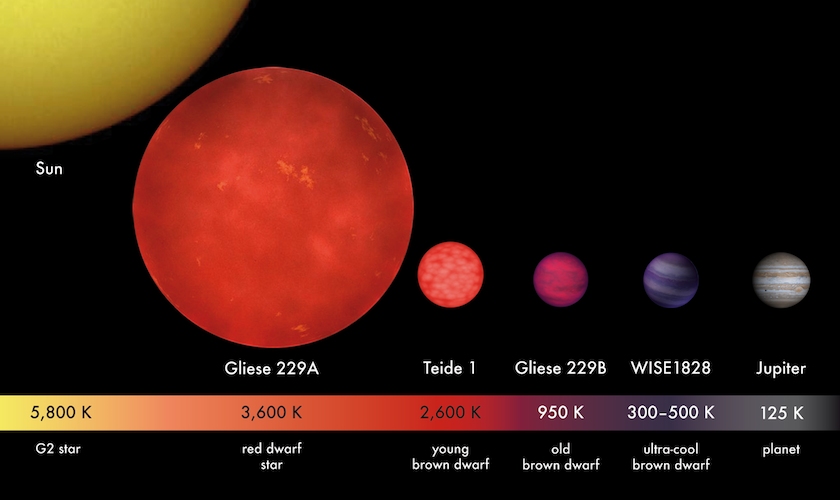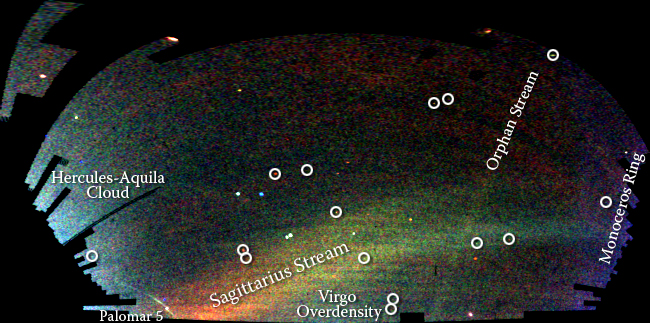Starts With a Bang podcast #102 – The missing exoplanets
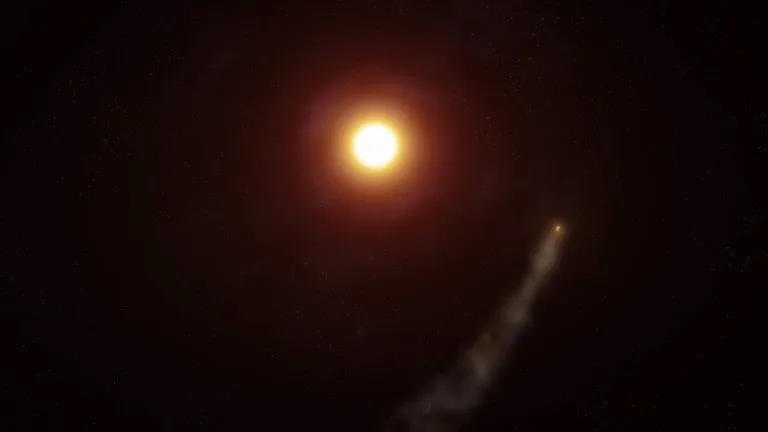
- Out there in the Universe, we find exoplanets of all sorts of different masses, radii, and distances from their parent stars, from sub-Earths up to super-Jupiters.
- However, while there are many "hot Earths" and "hot Jupiters," there are very very few "hot Neptune" worlds out there, and there's also a "radius gap" between super-Earths and mini-Neptunes farther away.
- This was a puzzle for many years, but thanks to the process of photoevaporation, a process we can see in action for hot sub-Jupiter exoplanets that are close enough to their parent stars, we can understand why and how.
Up until the early 1990s, we didn’t know what sorts of planets lived around stars other than our Sun. Were they like our own Solar System, with inner, rocky planets close to our star and large, giant worlds farther away? It turned out that exoplanetary systems come in a great variety of configurations: with planets of all sizes, masses, and distances from their parent stars. But some configurations are more common than others.
There are lots of hot Earth-sized planets and lots of hot Jupiter-sized planets, but precious few “hot Neptune” worlds out there. Furthermore, there appear to be lots of Earth-sized and super-Earth-sized worlds at greater distances, as well as many Neptune-sized and mini-Neptune-sized worlds. However, there’s a gap there, too: between the large super-Earths and the small mini-Neptunes. Where are these missing exoplanets? Or, rather, why are these classes of exoplanets so uncommon?
That’s what we’re exploring on this episode of the Starts With a Bang podcast, featuring Ph.D. candidate Dakotah Tyler as our guest this month. By looking at how a hot (but low-mass) Jupiter-sized planet is being photoevaporated by its parent star, we can learn so much about not only the classes of objects we see out there, but even the ones we don’t!
